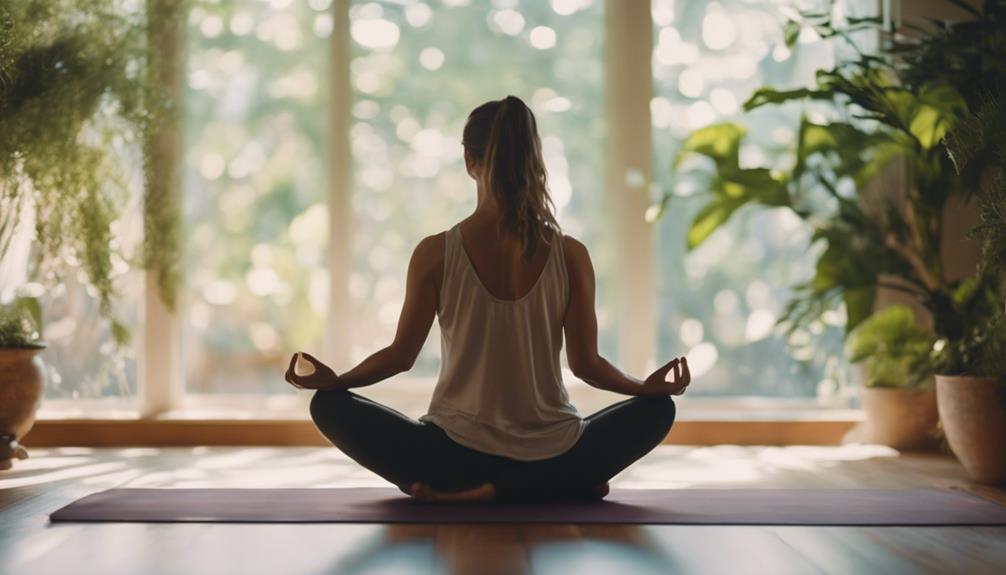What’s the Difference Between Pilates and Yoga? ===
In the world of fitness and wellness, two popular practices often steal the spotlight: Pilates and yoga. Both have gained immense popularity for their focus on mind-body connection, flexibility, and overall well-being. But what’s the difference between Pilates and yoga that sets them apart? Whether you’re a seasoned practitioner or a curious beginner, understanding these differences can help you choose the right path for your fitness journey. In this article, we’ll explore the unique attributes of each practice, their benefits, and how they complement one another.
Pilates was developed by Joseph Pilates in the early 20th century and primarily focuses on strengthening the core muscles while promoting body awareness. With an emphasis on controlled movements, Pilates encourages proper alignment, balance, and flexibility. In contrast, yoga has ancient roots in India, combining physical postures, breathing techniques, and meditation to achieve holistic wellness. Each practice serves its unique purpose, but many people find joy in incorporating both into their routines.
So, whether you’re drawn to the dynamic movements of Pilates or the serene flow of yoga, understanding what’s the difference between Pilates and yoga can empower you to make informed decisions about your fitness regime. Let’s dive deeper into the captivating world of these two practices and discover what makes each one special!
Unraveling the Yoga vs. Pilates Mystery: A Joyful Journey!
When it comes to the fundamental principles of movement, the distinction between Pilates and yoga becomes clearer. Pilates is heavily focused on strengthening the core muscles, improving posture, and enhancing overall body strength. The practice often utilizes specialized equipment, such as reformers and resistance bands, to aid in precise movements. This emphasis on controlled, repetitive exercises results in a toned physique and increased stability, making it an excellent choice for those looking to build strength and endurance.
On the other hand, yoga is a holistic practice that emphasizes the connection between mind, body, and spirit. Through various postures, or asanas, practitioners develop flexibility, balance, and mental clarity. The breathing techniques, known as pranayama, play a crucial role in yoga, helping individuals cultivate mindfulness and reduce stress. While yoga improves physical strength, its focus is more on relaxation and inner peace, making it a fantastic option for those seeking a meditative experience.
In terms of class structure, Pilates classes are typically more regimented, with a focus on specific sequences and techniques. Yoga classes, however, can vary widely in style, from gentle Hatha to invigorating Vinyasa, allowing practitioners to explore different flows and rhythms. This diversity means that whether you prefer the strength-building focus of Pilates or the fluid, calming energy of yoga, there’s a practice perfectly suited to your needs.
What’s the Difference Between Pilates and Yoga? ===
In conclusion, while exploring what’s the difference between Pilates and yoga, it’s clear that both practices offer unique benefits that can enhance your overall well-being. Pilates is the ideal choice for those looking to strengthen their core and improve their physical alignment, whereas yoga provides a more holistic approach to fitness, encompassing the mental, emotional, and spiritual aspects of health.
Ultimately, the best choice depends on your personal goals and preferences. Many enthusiasts find joy in practicing both Pilates and yoga, enjoying the strength of one as they embrace the serenity of the other. So why not give both a try? Whichever path you choose, you’re bound to experience the joyful journey of self-discovery and well-being!
